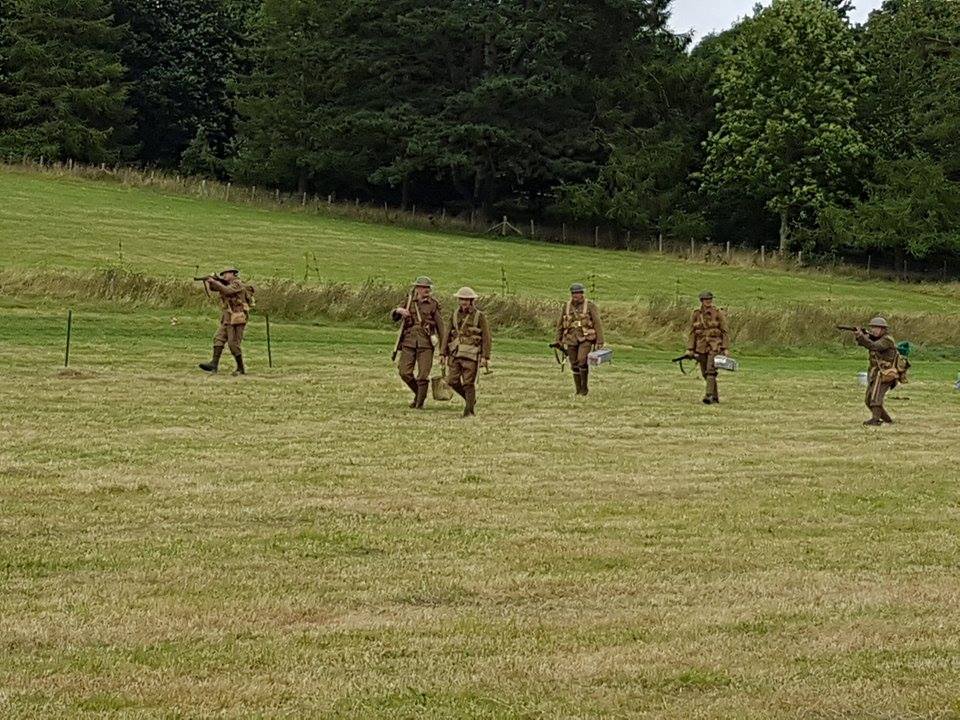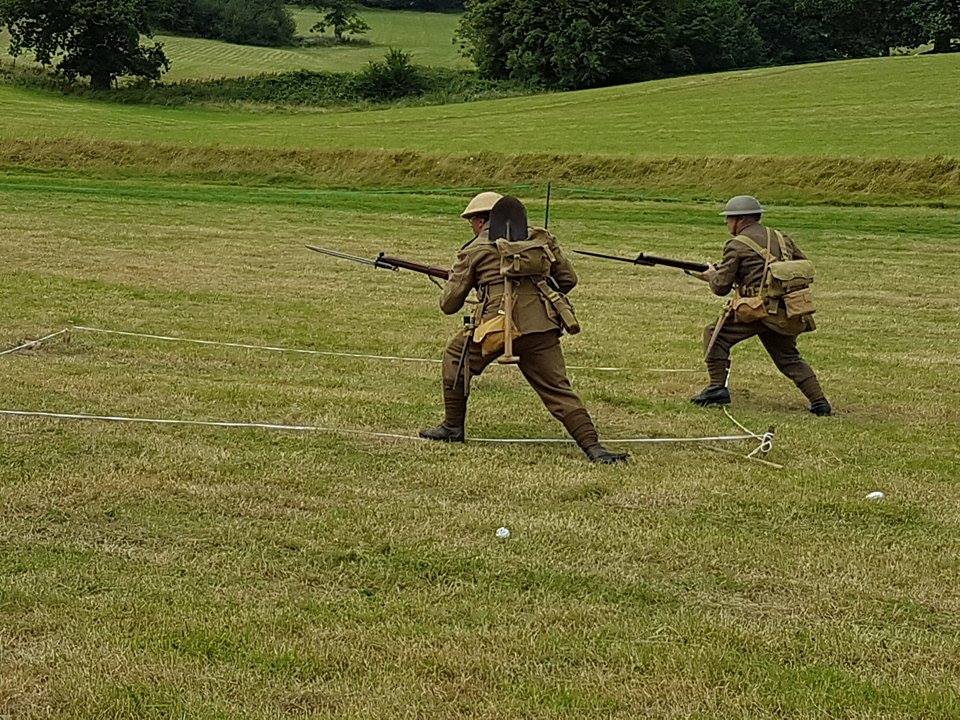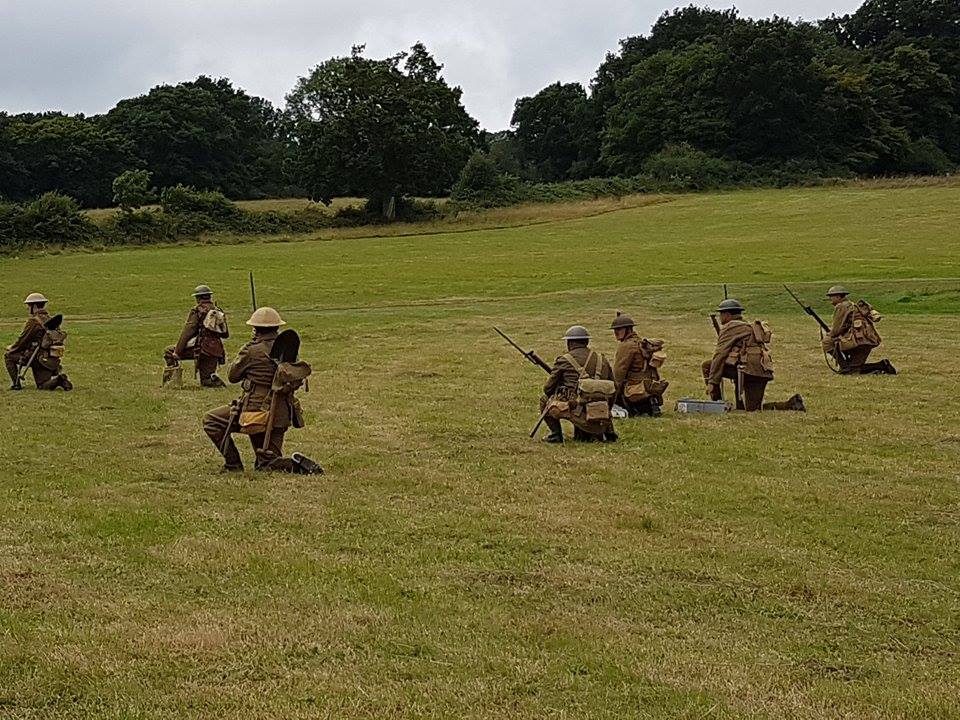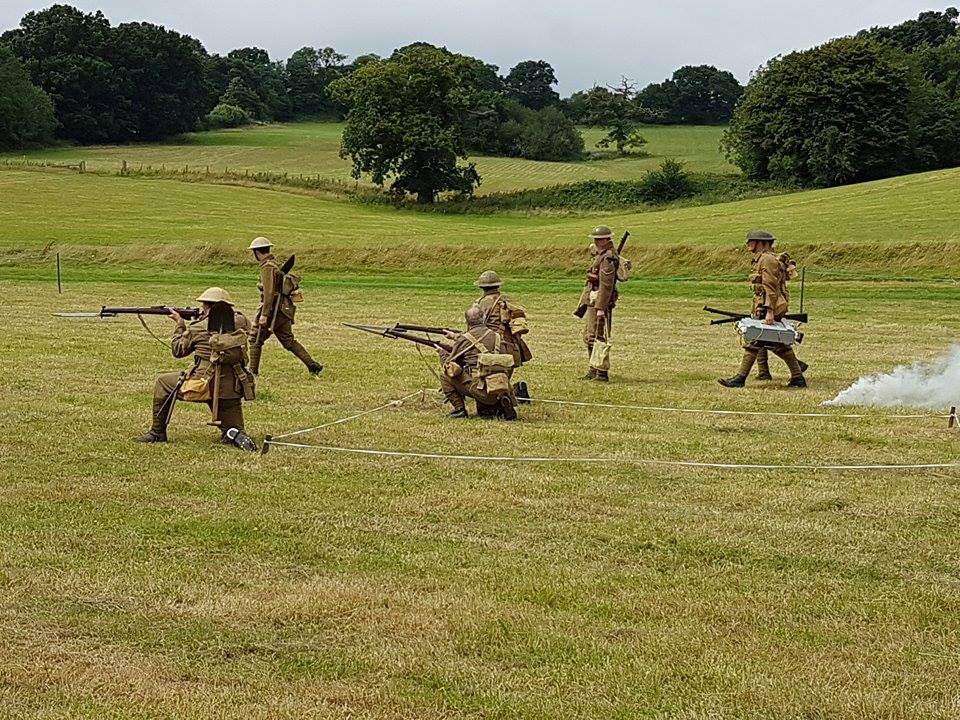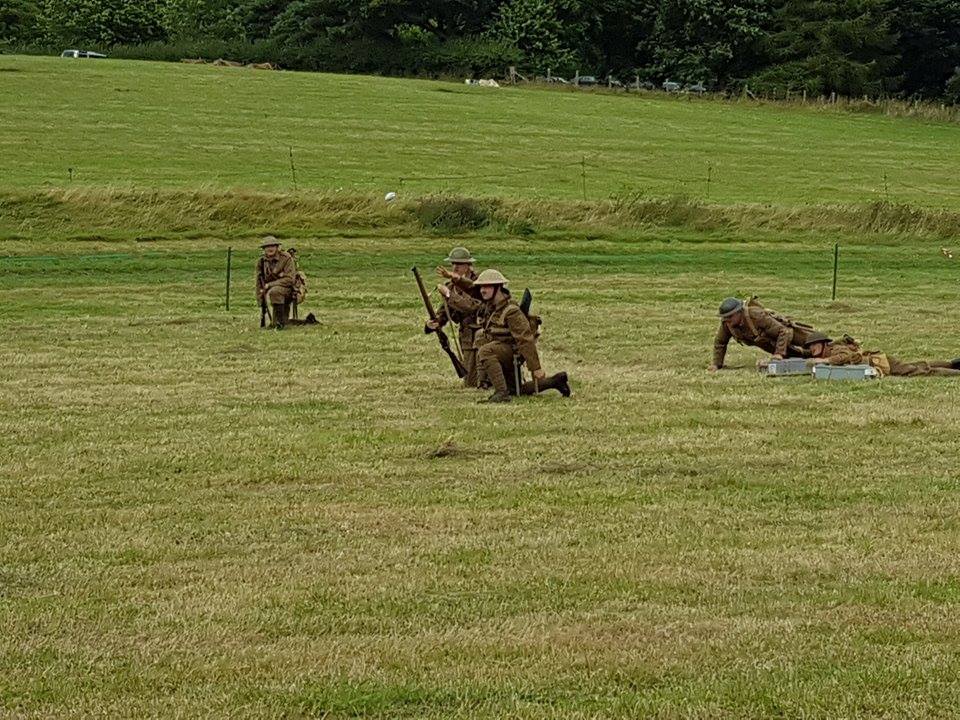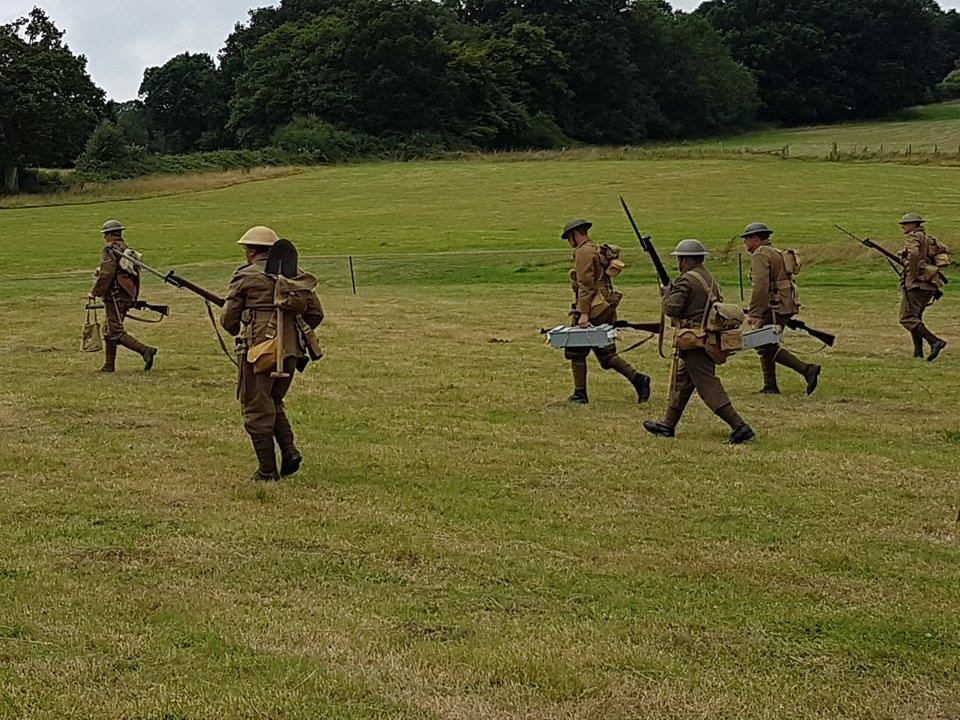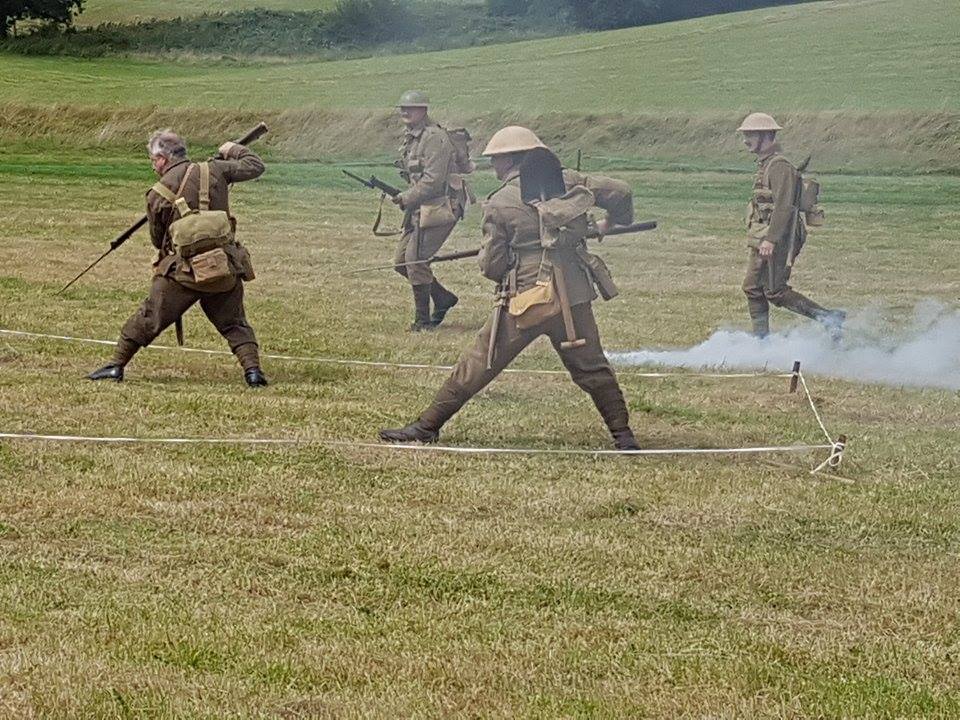Bombing Section
The British Army’s tactics evolved from lessons learned in the battles of 1915. Partly due to new technology, these tactics provided the British Infantry with a relatively flexible response to the new German defensive doctrine centered around deep dugouts, and successive lines of defences.
The No 5 Mills Bomb was a mass produced grenade issued to the infantry in mid 1915,by 1916, a small tactical group had sprung up around this weapon as the British reorganised their infantry platoons.
The platoon consisted of bombing sections, infantry sections and the Lewis Light Machine Gun section. We will concentrate on the bombing section, the make up of the section and the outcome of lessons learned in the Battle of the Somme.The section consisted of a bomber, a specialist who would be capable of throwing the Mills Bomb accurately, between thirty to forty yards, into a trench four foot by six foot. He would also be expected to engage German Machine Gun posts and occupied shell holes. He would be supported bya reserve bomber carrying a supply of bombs in a canvas bucket, sometimes converted Lewis Gun Magazine bucket. The reserve’s job was to hand the bomber a supply of bombs as the section cleared trenches.To keep the bomber and his reserve supplied,two men carried a chest each containing ten bombs. The final component of the section are the bayonet or swordsmen. The job of these men is the clear the trench of the enemy and allow the bomber and the section to advance. They are also the best snap shots and provide the section with protection as it advances.To allow the section to carry on if casualties occur, each man can be relied on the take the position of his killed or wounded comrade. However the bomber remained the specialist in the section and this led ultimately to the training of all infantrymen in the task of throwing the mills bomb. Although an improvement on what went before, the 1916 Bombing Section remained only until the British again reorganised the infantry platoon, and introduced the rifle grenade firing the improved No 23 and 36 Mills Grenades. Greater flexibility in these weapons gave the infantrymen more scope in the way they approached and thus eliminated enemy held trenches and bunkers.
British Bombing Section 1916
